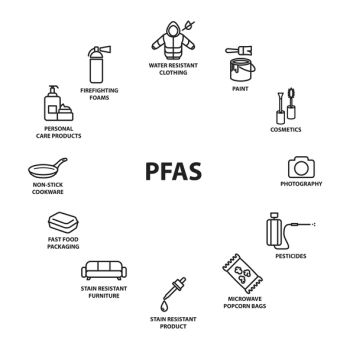Navigating Sites With PFAS Through The Superfund Process Is Going To Be A Bumpy Ride (Vide
April 8, 2025
ARTICLE
8 April 2025
For most of this century, I’ve been asked with some regularity whether Superfund was dead. I’ve always considered that question to be a victory of hope over expectation.
United States
Environment
To print this article, all you need is to be registered or login on Mondaq.com.
For most of this century, I’ve been asked with some
regularity whether Superfund was dead. I’ve always considered
that question to be a victory of hope over expectation.
Notwithstanding frequent criticism, frequently deserved, Superfund
refuses to go away. As I made clear in a post this past April, the developing awareness
of the problems caused by PFAS has pretty much proved Mark Twain once more to be on point. The
reports of the death of Superfund have been greatly
exaggerated.

All of this brings us to a report last week from Inside EPA (subscription required), which
discussed EPA’s use of the Five-Year Review process to require
PRPs to investigate the potential presence of PFAS at Superfund
sites. In the article, an industry attorney complained that such
Five-Year Reviews are “fishing expeditions”. I have some
sympathy for this concern. If I may mix my metaphors, given the
near omnipresence of PFAS, it’s somewhat akin to a fishing
expedition conducted in a barrel of fish. You may find some fish,
but that doesn’t mean it will be a meaningful exercise.
If I may hark back to my April post, it’s difficult to
complain about EPA’s use of the Five-Year Review process to try
to determine if there have been releases of PFAS at a Superfund
site. On the other hand, precisely because PFAS are omnipresent, it
is totally reasonable to complain about EPA’s tendency –
(I’m being generous here; it would be more accurate to talk
about EPA’s knee-jerk reaction) – to assume that any PFAS
that are found are, in fact, the responsibility of the PRPs.
EPA’s habit of simply going after the deep pocket in hand
rather than the truly responsible party in the bush is one of the
reasons why Superfund, or at least EPA’s administration of
Superfund, is looked on with such disdain.
At a practical level, I advise PRPs to prepare for a steady
stream of such Five-Year Review requests. Some PFAS are hazardous
substances, and more have had MCLs promulgated. It’s one
environmental issue that seems to resonate with the public. If I
can pull out one more old pop culture reference, it’s tough to
beat Bette Davis in All About Eve. “Fasten your seatbelts.
It’s going to be a bumpy [ride].”
To view Foley Hoag’s Law and the Environment Blog
please click
here
Originally published 04 September 2024
The content of this article is intended to provide a general
guide to the subject matter. Specialist advice should be sought
about your specific circumstances.
Search
RECENT PRESS RELEASES
Related Post




